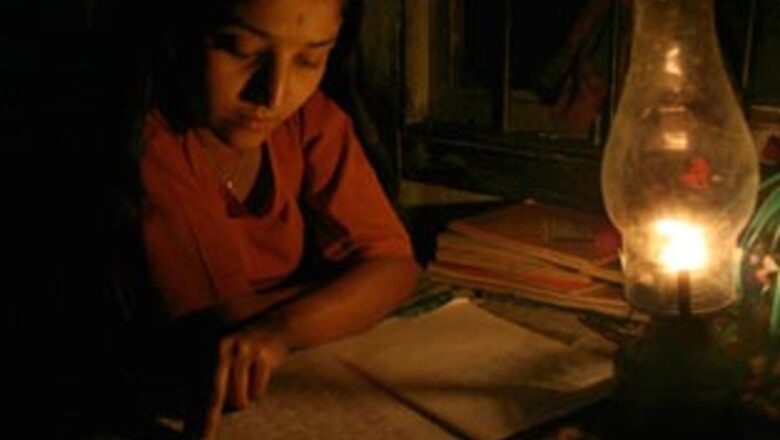
views
New Delhi: The delay in rains has sent alarm bells ringing across north India.
Gruelling power cuts and parched water supply on Wednesday drove the Capital's residents to streets protesting inept management even as Chief Minister Shiela Dikshit tried to pacify Delhiites by urging them to ensure "judicious usage" of electricity.
The Punjab government has banned the use of air conditioners in all government offices, boards and corporations. This was done to ensure eight hours of uninterrupted power supply to the farms.
The ban comes into immediate effect and is on till June 30. The decision was taken by Chief Minister Parkash Singh Badal in view of the acute power shortage. The Punjab state electricity board has also ordered the shutting down of furnaces and steel rolling mills till July 2 to save power.
Meanwhile, Congress on Wednesday charged the Uttar Pradesh Chief Minister Mayawati with failing to take any initiative in dealing with drought-like situation arising out of delay in arrival of monsoon in the state.
“Electricity is being wasted on lighting the stone structures erected by the Chief Minister all over the state capital when it could be better used for cultivation purposes,” Congress Spokesman Dwijendra Tripathi said, adding that several districts of Bundelkhand and Purvanchal are getting power for not more than five to six hours a day.
Four states Punjab, Haryana, Delhi, Himachal Pradesh and the union territory of Chandigarh now face acute water and power shortage as the water level in the Bhakra Nangal Dam, which supplies water to these states, is depleting at a fast rate.
With no rains, the scorching heat is drying up the dam. The water level has fallen to 1,504 feet which is 90 feet lower than last year. It is feared to go down even further. All four states and Chandigarh are having an emergency meeting on Thursday to discuss the issue.
Meanwhile, the Karnataka government has also stepped up generation in thermal units and stored water in excess in reservoirs in anticipation of power shortage due to inadequate rainfall.
Heat wave in Delhi
Massive power cuts and water shortage in different parts of the city made people take to the streets and block traffic at many places while shouting slogans against the city authorities.
PAGE_BREAK
However, the Delhi Jal Board (DJB) claimed that there was no water problem in the city.
"There is no water crisis in the city and our water production is perfectly normal," DJB Spokesperson Sanjam Cheema told IANS.
Delhi's estimated 14.8 million people require 3,973 million litres per day (MLD) based on the 275 litre per capita per day norm of the DJB.
But the power department official admitted there has been constant outages across the city.
BJP members also staged a walkout from the Assembly, protesting water and power shortage in the Capital.
"Delhi has been facing a gap of more than 200 MW of power between availability and demand against national shortage of more than 5,000 MW due to prolonged heat wave and abnormal day-time maximum temperature and delay in arrival of the monsoon," said an official statement.
"The citizens of Delhi are advised to avoid unnecessary use of electricity and go only for judicious use of electrical appliances to avoid any future shortage which may happen because of uncertainty of the monsoon and the consequent loss in production of power," the statement added.
(With agency inputs)




















Comments
0 comment